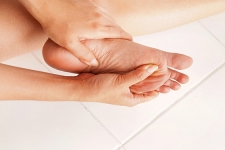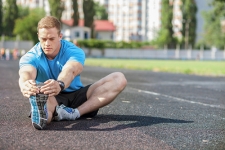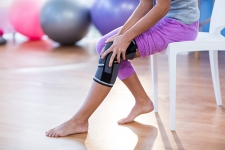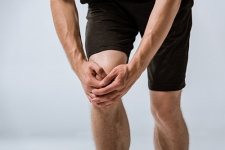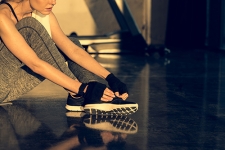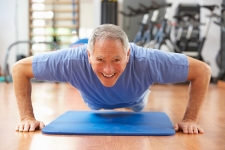Physical Therapy Benefits and Tips
Join us in celebrating National Physical Therapy Month this October! It is a great time to share the benefits of physical therapy and help keep you motivated. A patient’s motivation is key when it comes to recovery, but we know that it is easier said than done. Staying motivated is hard. Some clients are enthusiastic about doing their exercises, while others struggle to find their drive. It is easy to push physical therapy off when they are not in pain or they are bored with their exercises.


